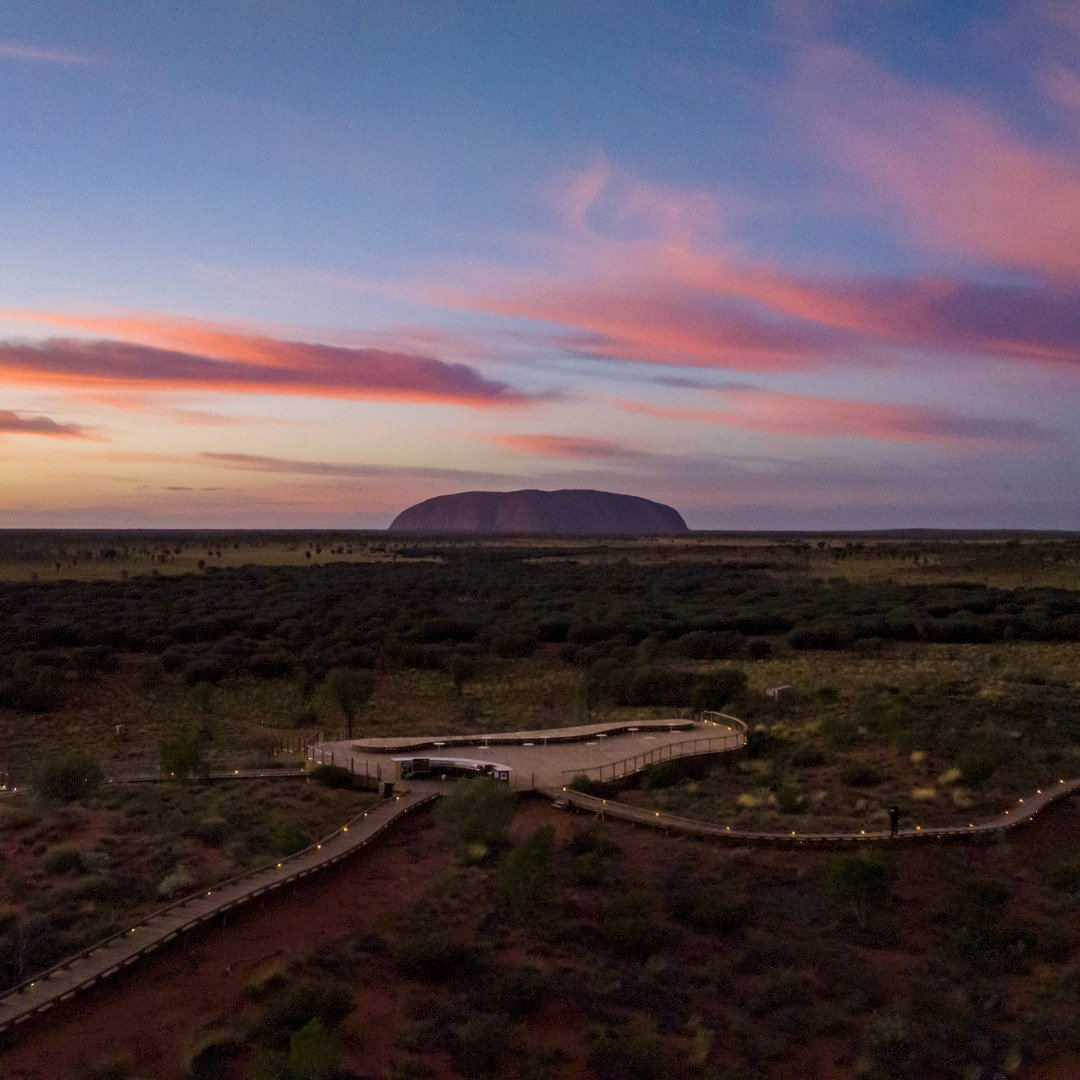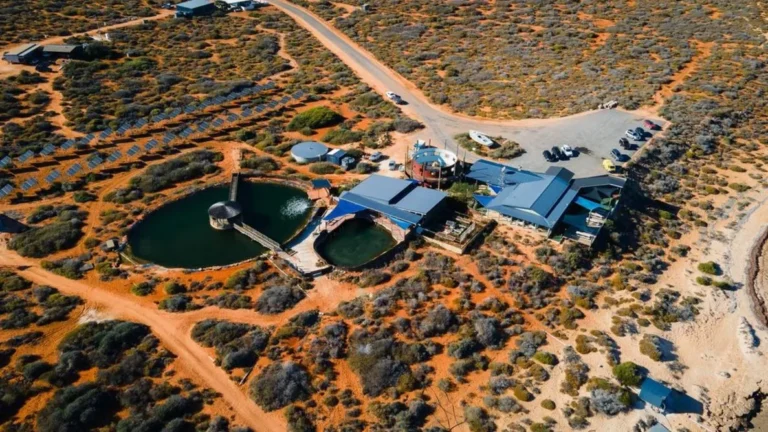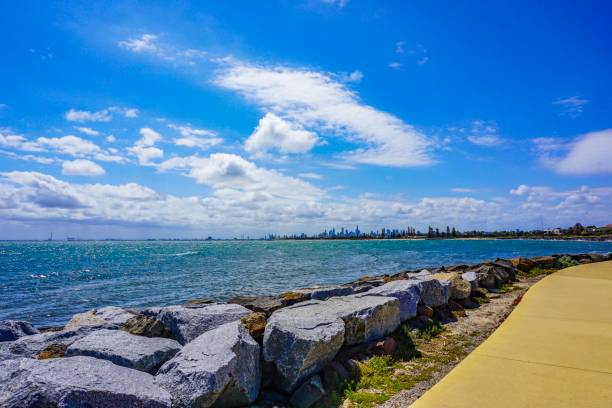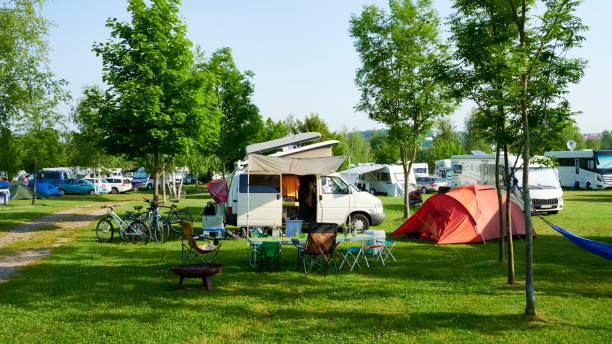When planning a trip to the iconic natural landmark of Uluru, finding the perfect place to stay is crucial for an enriching experience. This article delves into the various accommodation options available at Uluru, catering to different preferences and budgets. Whether you seek a luxurious stay within the desert’s vast expanse or wish to connect closely with nature through eco-sensitive lodgings, Uluru has something to offer. In the wake of strict conservation efforts and cultural respect, we also explore the prime times for visiting and activities that enhance your Uluru tour. Let’s take an in-depth look into an array of lodgings that not only promise comfort but also ensure an immersive experience in the Australian Red Centre.
Delve into the Heart of Australia

Nestled in the midst of the Red Centre, Uluru towers above the landscape as both a geographical marvel and a cultural treasure. This sandstone monolith is much more than just a striking attraction; it is a sacred site deeply rooted in Aboriginal tradition and spirituality. Staying in accommodation that compliments this iconic site enhances the magic, allowing guests to witness the rock’s changing colors at sunrise and sunset—a truly extraordinary sight. Furthermore, the proximity to Uluru provides more than just visual splendor; it offers a sense of seclusion and serenity, far removed from the bustling world beyond the desert.
Choosing Your Uluru Accommodation
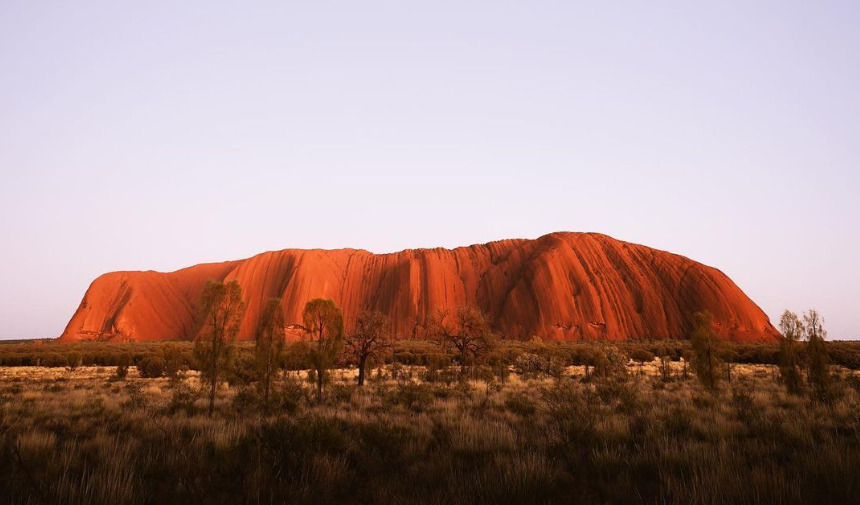
Experience Luxury in the Desert
The Ultimate Retreat: 5-Star Resorts Near Uluru
For those who wish to indulge in the finest amenities while being enveloped by the stark natural beauty of Uluru, the area boasts several 5-star resorts. These establishments exude opulence and provide an array of services to pamper guests, from gourmet dining to tranquil spa treatments. These luxury accommodations take pride in blending comfort with outback adventure, offering guests guided Uluru tours and cultural experiences tailored to create lasting memories.
Embrace the Outback in Comfort
Stylish Lodges and Eco Tents
The call of the outback is answered by a range of eco-friendly lodges and deluxe tents that dot the landscape, providing a sustainable yet comfortable stay. These accommodations offer a balance between embracing the rugged environment and ensuring modern conveniences. Solar power, water recycling systems, and waste management are common practices, reducing the impact on the delicate ecosystem. The lodges and tents cater to those seeking an authentic connection with nature without sacrificing the pleasures of well-furnished spaces.
On a Budget? No Problem!
Budget-Friendly Stays: Camping and Backpacker Hostels
Affordability need not compromise your travel experience at Uluru. The region supports a range of camping grounds and hostel options for the economical traveler. These options often encourage community interaction and present a laid-back, authentic means to enjoy Uluru. Shared facilities, self-catering kitchens, and communal areas foster a social atmosphere conducive to adventure and storytelling with fellow travelers, many of whom are also there to embark on an Uluru tour.
Best Time to Visit Uluru
The Australian outback is notorious for temperature extremities. Visiting Uluru during the cooler months—typically between May and September—ensures a more hospitable climate. Prioritizing these months for your trip may lead to a more pleasant experience when embarking on walking tours or simply enjoying the great outdoors. It’s important to consider that peak visiting times can also coincide with higher accommodation rates and larger crowds. Therefore, planning and booking in advance can greatly optimize your journey.
Best visiting times for Uluru:
- May to September: Ideal weather with cooler temperatures and fewer flies.
- March to May / September to November: Transitional periods with moderate weather and less tourist congestion.
What to Do in Uluru
Understanding the sacred significance of Uluru is an integral part of any visit. Local Aboriginal guides offer insightful tours that provide a deeper appreciation for the cultural and historical aspects of the area. These tours range from storytelling sessions to demonstrations of traditional practices and may even involve viewing ancient rock art. Participating in these activities, you not only learn about the Anangu people and their way of life, but you also contribute to the local community by supporting indigenous-led businesses.
Adventure Awaits
Thrill-seekers and nature lovers alike will find plenty to do in Uluru. The area is laced with walking trails that vary in length and difficulty, providing a suitable challenge for anyone. For a unique perspective, camel tours offer a leisurely way to explore the desert landscape with the majestic Uluru rock formation as your backdrop. For those yearning for a bird’s eye view, helicopter tours are available and present a chance to fully grasp the enormity and beauty of Uluru and its surrounding expanse.
| # | Activity | Description | Duration |
|---|---|---|---|
| 1 | Walking Tours | Explore Uluru’s base and discover natural and cultural sights | 2-4 hours |
| 2 | Camel Rides | Safari through the desert on camelback, experience sunrise or sunset tours | 5 hours |
| 3 | Helicopter Tours | Scenic views of Uluru and Kata Tjuta from above | 15-30 minutes |
Sustainable Travel in Uluru
As a UNESCO World Heritage site, both for its natural and cultural value, Uluru commands respect from all who visit. Tourists have a responsibility to tread lightly, leaving no trace of their presence in this fragile and sacred landscape. Visitors are encouraged to stay on marked tracks, dispose of waste responsibly, and refrain from removing any natural materials. By choosing eco-accredited accommodations and participating in ranger-led activities, you can enjoy an immersive experience while protecting the environment and respecting the traditional custodians of the land.
Conclusion
Whether your journey to Uluru is for leisure or adventure, the range of accommodation options ensures a memorable stay in the heart of Australia’s outback. From luxury resorts that pamper the soul to eco-tents that keep you grounded, Uluru offers a sanctuary for every traveler. Embrace the cultural significance of this majestic site through respectful tours and educational experiences. And by planning your trip during the optimal season, you will experience the best of the Red Centre’s climate. Ultimately, your stay at Uluru will not only define a holiday but will be an impactful chapter in your life’s journey, leaving you with cherished memories and stories to tell.
FAQs
- What type of accommodation is available at Uluru?
- Accommodation options at Uluru range from luxury resorts, eco-friendly lodges, and comfortable tents to budget-friendly campsites and backpacker hostels.
- When is the best time to visit Uluru for moderate weather?
- The best time to visit Uluru is during the cooler months of May to September, when temperatures are more moderate, and the risk of extreme heat is lower.
- Are there any cultural experiences available at Uluru?
- Yes, there are plenty of cultural experiences, including interactive tours with local Aboriginal guides that offer insights into the traditions and history of the Anangu people.
- Is it possible to climb Uluru?
- Climbing Uluru is banned out of respect for the Anangu, the traditional owners of the land, who consider the site sacred. Visitors are encouraged to enjoy other activities such as walking around the base or taking part in cultural tours.
- How can visitors practice sustainable travel at Uluru?
- Visitors can practice sustainable travel by staying in eco-friendly accommodations, following designated paths, disposing of waste properly, and participating in educational tours to understand the cultural significance of the area.
